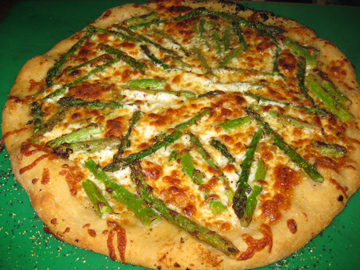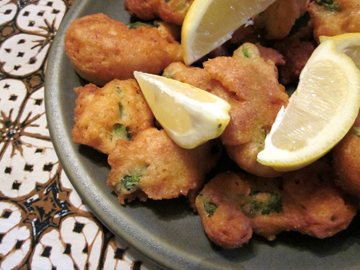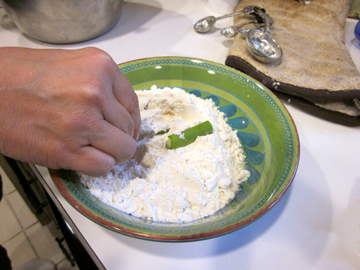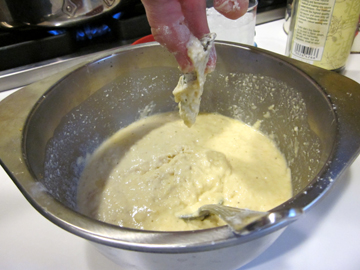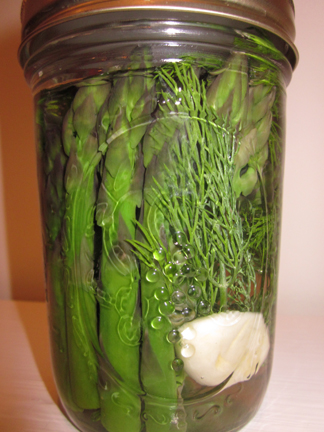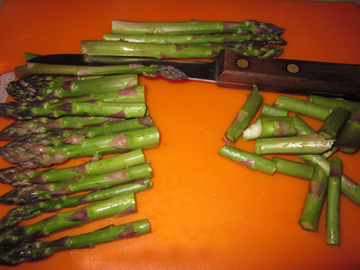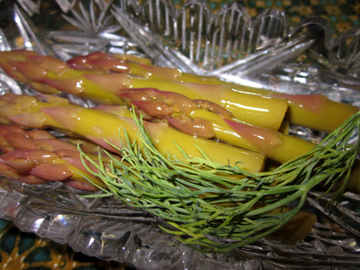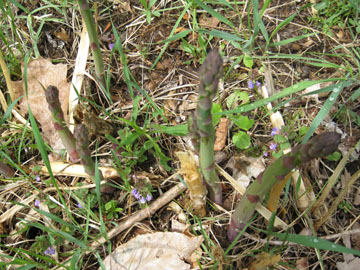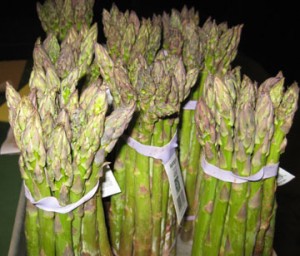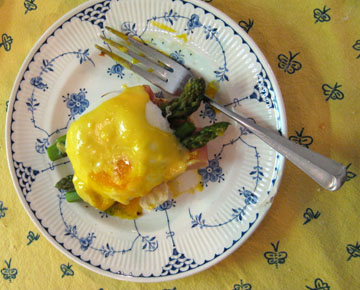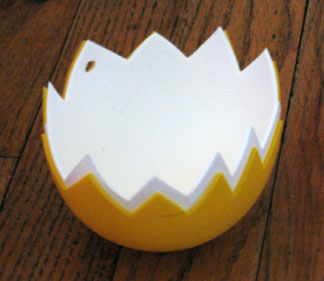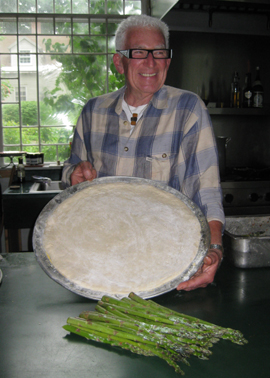
Michael Collins is ready to start making pizza.
The Green Emporium in Colrain, Massachusetts, is a happy, busy place these days. Chef Michael Collins and his partner, manager Pacifico “Tony” Palumbo, have achieved something few restaurateurs (or even non-restaurateurs) have managed. They have successfully reinvented themselves—or at any rate their restaurant.
More than a decade ago the pair opened the Green Emporium as a high-end eatery. Michael used his culinary training and imagination to transform as many local ingredients as possible into “country fusion” cuisine. Tony, who is an artist, decorated the restaurant (a former church) with colorful neon art and paintings. The pair acted like true hosts rather than just proprietors of the restaurant.
To make the place more fun they offered jazz on many weekends. (In the interest of full disclosure I should add that they frequently featured a chanteuse named Tinky Weisblat.) The Green Emporium began to attract diners from all over New England.
The menu and ambiance drew notice from the Boston Globe and Yankee, not to mention local papers. Nevertheless, keeping the place going proved a challenge—particularly in the winter, when even lovers of great food were reluctant to navigate the steep hill from Greenfield, our county seat, to quiet Colrain.
Michael and Tony, both in their 60s, longed for a simpler life. “I got burned out being behind the line and doing everything,” Michael told me recently.
They put the lovely old church on the market but ran straight into the real-estate crisis. For a couple of years the building sat empty, and its owners suffered financially.
According to Michael, it was Tony who came up with the idea of reopening the restaurant as a pizzeria. “With the new economy,” the chef said wryly, “the only thing I could do was try.”
He visited myriad pizza parlors to determine which features he liked best in a pizza. He decided he wanted a hand-stretched crust, “because that’s what gives you the chewy and the crispy.”
Michael worked at creating his own crust for quite a while. “I think it was six months,” he told me with a smile. “We were constantly having pizza.” Using tiles in his oven at home, he finally came up with a crust that satisfied his palate.
Michael is not giving out the recipe for his crust. He advises home cooks to purchase pre-made pizza dough from a grocery store but cautions them to let it rest a bit before stretching it. He did reveal that his crust includes extra-virgin olive oil, a touch of organic raw sugar, baker’s yeast, and sea salt. He emphasized the importance of good Colrain spring water to the final product.
“Toppings were not a problem,” he added with a laugh, explaining that ideas for novel pizza toppings come to him all the time.
Past and current favorites have included an apple and cider pizza; pizzas featuring local mushrooms from New England Wild Edibles and goat cheese from Hillman Farm; and now that summer is here a classic Pizza Margarita with fresh tomatoes and mozzarella. When new potatoes come in Michael intends to pair them in pizza with extra virgin olive oil, rosemary, and gorgonzola.
The restaurant reopened in the fall of 2008 as Mike and Tony’s Pizzeria at the Green Emporium and became an immediate success. Michael leaves the manning of the giant pizza oven (which takes three hours to preheat) to young assistants. This leaves him free to work on soups, salads, his signature “Mussels Emporium,” and new pizza toppings.
“People know it’s still the Green Emporium so they expect a little something extra,” Michael Collins said with a twinkle in his eye.
The Green Emporium is open Thursday through Sunday evenings for diners or those who wish to take food home. If customers give him notice, Michael can prepare a gluten-free pizza.
Here is a recipe for one of his signature pizzas, one that represents the extended spring diners in New England enjoyed this year—and also the spring that the restaurant has enjoyed in its rebirth. It features my favorite vegetable!
Colrain Spring Pizza
Ingredients:
1/2 to 1 pound asparagus (to taste)
1/2 cup extra-virgin olive oil plus 1/4 cup later
1/4 teaspoon red pepper flakes
1/2 cup grated Parmesan or Romano cheese (plus 3 to 4 tablespoons later)
1 teaspoon lime or lemon zest
1 teaspoon lime or lemon juice
1/4 teaspoon sea salt
1-1/2 pounds pizza dough
1 heaping cup shredded mozzarella cheese, plus 1/4 cup later
a sprinkling of cornmeal
small pieces of cooked chicken to taste (optional)
Instructions:
Trim the bottoms off the asparagus spears, and cut them in thirds. Combine the 1/2 cup oil, red pepper flakes, 1/2 cup grated cheese, zest, juice, and sea salt. Toss in the cut asparagus spears, and let the mixture sit overnight.
The next day bring the pizza dough to room temperature and preheat the oven to 500 degrees. Place the dough on a round pan on which you have sprinkled cornmeal. Gently stretch the dough to a 16-inch diameter.
Using a brush or spatula, brush oil around the outer edge of the circle of dough; it should go from the very edge in about 1-1/2 to 2 inches. Sprinkle the heaping cup of mozzarella cheese evenly over the dough.
Place the marinated asparagus spears around the circle to resemble spokes of a wheel or a pinwheel design. The idea, according to Michael Collins, is that “each piece [of pizza] will get more than its share of asparagus. You want it a little bit rustique.”
Sprinkle the remaining mozzarella on top, “cementing the asparagus in.” Follow with the remaining grated cheese.
“You want to add chicken? You can add chicken,” Michael says of this stage.
Bake the pizza for 10 to 12 minutes, or until it is crispy and bubbly. (Readers who have made pizza with tomato sauce will be surprised at how quickly this dryer pizza bakes, Michael notes.)
Let the pizza rest for a few minutes before eating and slicing. Serves 8 as a main course or 16 as a first course.
